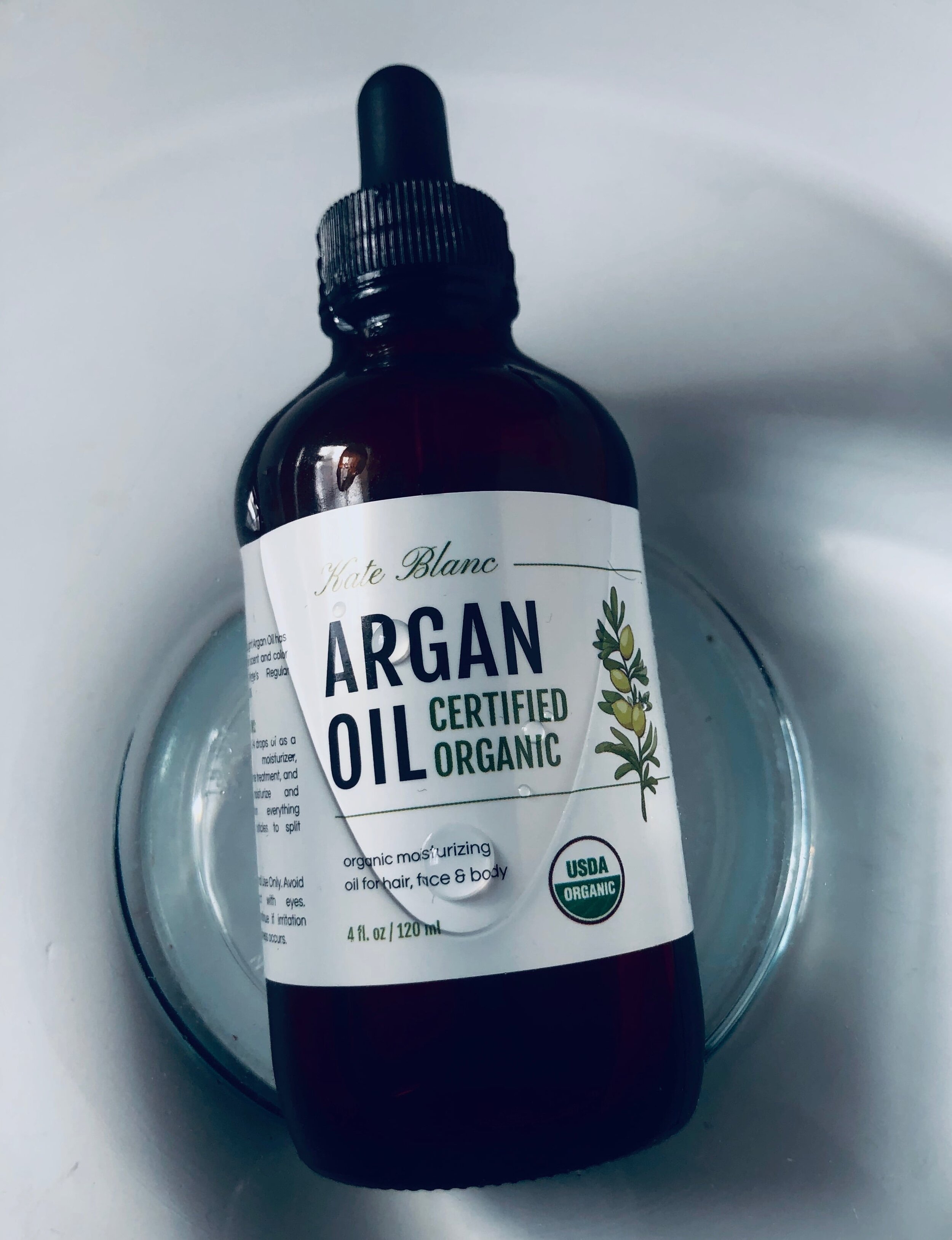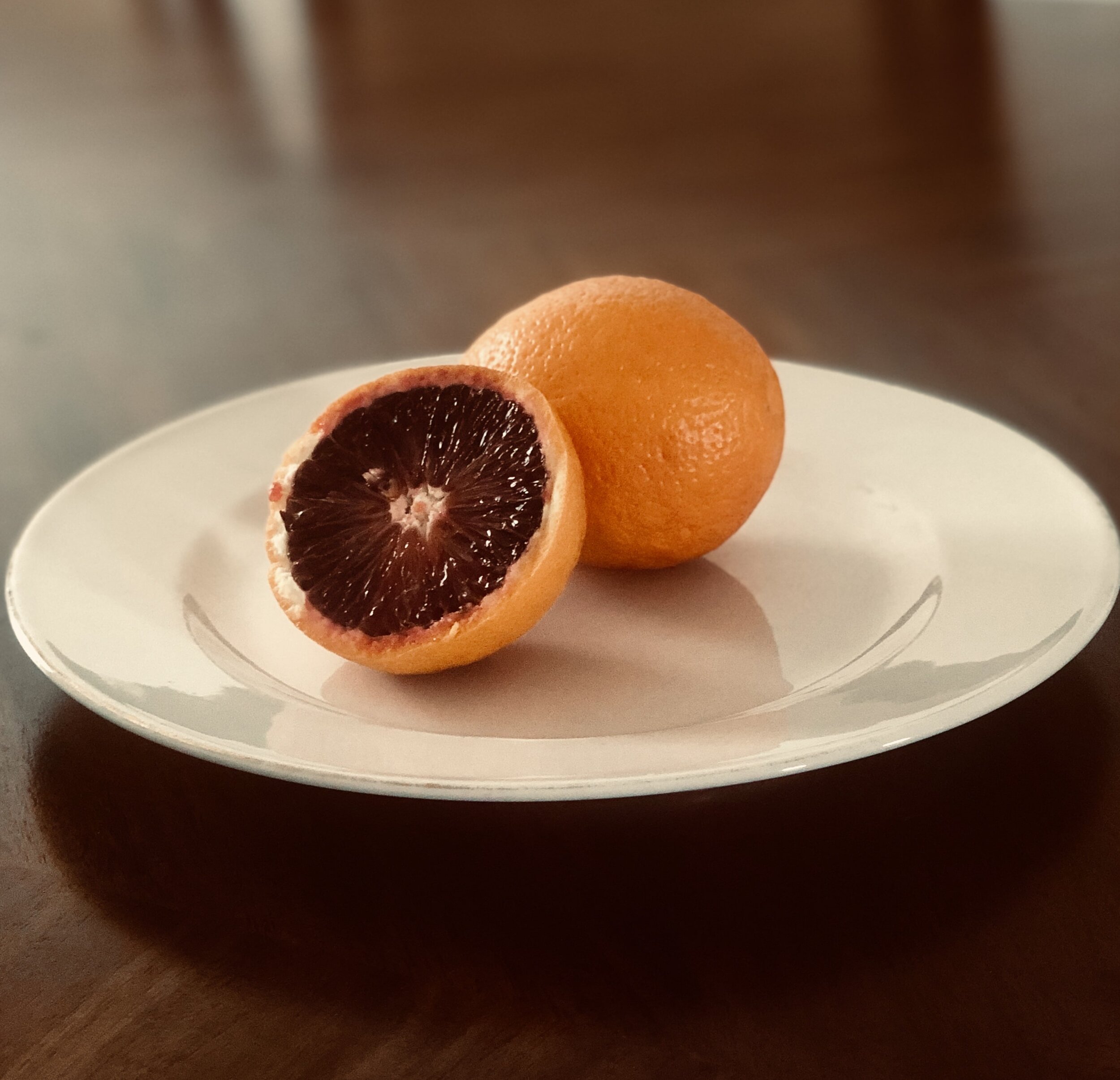Beauty Oils: Best Beauty Secret From Around The World I
For centuries, different cultures and tribes have used plant oils for skincare, hair care and cooking. Ever since the beauty industry began to realize the powerful wonders of natural plant oils and the many antioxidants and vitamins they contain, they began scouring the globe to find unique and rare oils to add to their products.
In recent years, researchers have found that the topical application of many plant oils may help promote skin barrier homeostasis, promote wound healing, as well as provide antioxidative activities, anti-carcinogenic properties and antimicrobial properties (1).
In this blog, we will travel around the globe to discuss various plant oils, their indigenous and native geography/regions, as well as their benefits and potency on the skin.
Africa
1. Argan Oil–
A plant oil native to Morocco and produced from the kernel fruit of the argan tree (Argania Spinosa). Argan oil is made up of 99% fatty acids (~45% oleic and ~34% linoleic acid) and 1% active biological compounds such as antioxidants and vitamins (2). Some of the antioxidants and vitamins present in argan oil include polyphenols, sterols, tocopherols (vitamin E) and squalene.
Research studies showed that argan oil helps restore the skin’s barrier function, thereby improving skin elasticity and hydration. It also showed that argan oil helps facilitate the transdermal delivery and movement of topical drugs like allantoin (1).
2. Baobab Oil–
Not only does the baobab tree (Adansonia digitata) have a striking look, it is unique to the dry savannah region of Africa from Madagascar to Kenya and Mozambique etc.
The people in this region call it the tree of life because of its ability to absorb and store water during the rainy season and produce fruit during the arid dry season.
Baobab oil contains fatty acids such as oleic, linoleic and palmitic acid. Research shows that the topical application of baobab oil increases hydration and decreases transdermal water loss, thereby locking in moisture on the skin (3).
3. Mongongo Oil–
The mongongo tree (Schinziophyton rautanenii) is native to the Sub-Saharan region of Africa and contains fatty acids that have emollient properties and helps prevent moisture loss. It also contains vitamin E that helps reduce UV damage to the skin.
4. Egusi Oil (African watermelon oil)–
Egusi oil is derived from the seeds of the wild African watermelon (Citrullus lanatus sub Mucosospermus). It is native to Central and West Africa from Nigeria to Sierra-Leone and Ghana. It is very high in protein and fatty acid, consisting of 28.4% protein, 16% oleic acid and 59-63% linoleic acid (4). The egusi oil is normally used for cooking and soap making.
Asia
1. Camellia Oil–
The camellia (Camellia spp) plant is native to Eastern Asia and the oil is harvested from the seed. It is a rich source of oleic acid (~87.9%) and various antioxidants (5). Research shows that it inhibits melanogenesis, thereby decreasing the appearance of hyperpigmentation (5).
Research also suggests that camellia japonica oil, one of the species of the camellia plant may be effective in reducing the appearance of wrinkles and help in the synthesis (production) of human type I procollagen (6).
2. Sea buckthorn Oil–
Native to the Northwestern region of the Himalayas, sea buckthorn oil is extracted from the berries and seeds of the sea buckthorn (Hippophae rhamnoides) plant. It is used in ayurvedic medicine and known for its healing properties.
It contains vitamins A, B-complex, C and E, as well as flavonoids, anthocyanin and phenolic antioxidants. It also contains pectins and fruit acids like malic and citric acids (7).
The presence of the vitamins and antioxidants provides anti-wrinkle and regenerative properties and helps protect against UV radiation damage, as well as evening out skin tone (7, 8).
3. Perilla Oil–
Derived from the seed of the perilla (Perilla frutescens) plant, it is native to some parts of Asia such as Korean, Japan, China and India. Perilla oil contains fatty acids like linoleic acid, oleic acid, palmitic acid and stearic acid, as well as antioxidants such as phenolics rosmarinic acid, flavonoids (like catechin, luteolin and apigenin), caffeic acid and ferulic acid (9).
Research results suggest that perilla oil fights against skin photoaging through the regulation of the skin morphology, histopathology and oxidative status (9). This process can help reduce the appearance of fine lines and wrinkles.
Europe
1. Arnica Oil–
Derived from the dried flowers of the perennial, herbaceous flowering arnica (Arnica montana) plant, it is native to the cold regions of Siberia and Eastern Europe.
It is a popular medication used during the production of various ointment, tincture and creams. It is known for its anti-inflammatory and wound healing properties (10). Note arnica oil can cause skin irritation and should be diluted before use.
2. Plum Kernel Oil–
Sourced from the fruit kernels of the plum (Prunus domestica) tree, it is native to Europe and some part of Southwest Asia. It contains various fatty acids and bioactive compounds such as phenolic compounds, oleic acid, linoleic acid, palmitic acid, stearic acid, palmitoleic acid, arachidonic acid, vitamin E, and caffeoylquinic acid isomers (11).
Research shows that derivatives of caffeoylquinic acid found in plum kernel oil have antioxidant, antibacterial and antihistamic properties (12). Results from research studies also show that plum kernel oil is great for dry and mature skin, and can help with skin burns (11).
On the next blog, we will discuss oils that are native to North and South America, as well as Australia and Oceania. Let me know what you think about this blog in the comment, and also let me know if you’ve used any of the oils discussed above. Have a great day!
XOXO,
Precious.
Reference:
1. Lin, Tzu-Kai et al. “Anti-Inflammatory and Skin Barrier Repair Effects of Topical Application of Some Plant Oils.” International journal of molecular sciences vol. 19,1 70. 27 Dec. 2017, doi:10.3390/ijms19010070 https://www.ncbi.nlm.nih.gov/pmc/articles/PMC5796020/
2. Lizard, Gérard et al. “Benefits of Argan Oil on Human Health-May 4-6 2017, Errachidia, Morocco.” International journal of molecular sciences vol. 18,7 1383. 28 Jun. 2017, doi:10.3390/ijms18071383 https://www.ncbi.nlm.nih.gov/pmc/articles/PMC5535876/
3. Baatile M. Komane, Ilze Vermaak, Guy P.P Kamatou, Beverly Summers, Alvaro M. Viljoen. “Beauty in Baobab: a pilot study of the safety and efficacy of Adansonia digitata seed oil.” Revista Brasileira de Farmacognosia vol. 21,1. January–February 2017, Pages 1-8 https://www.sciencedirect.com/science/article/pii/S0102695X16300874
4. Olubi, O et al. “Physicochemical and fatty acid profile of egusi oil from supercritical carbon dioxide extraction.” Heliyon vol. 5,1 e01083. 31 Dec. 2018, doi:10.1016/j.heliyon.2018.e01083 https://www.ncbi.nlm.nih.gov/pmc/articles/PMC6313835/
5. Chaikul, Puxvadee et al. “Melanogenesis Inhibitory and Antioxidant Effects of Camellia oleifera Seed Oil.” Advanced pharmaceutical bulletin vol. 7,3 (2017): 473-477. doi:10.15171/apb.2017.057 https://www.ncbi.nlm.nih.gov/pmc/articles/PMC5651070/
6. Jung E, Lee J, Baek J, Jung K, Lee J, Huh S, Kim S, Koh J, Park D. Effect of Camellia japonica oil on human type I procollagen production and skin barrier function. J Ethnopharmacol. 2007 May 30;112(1):127-31. doi: 10.1016/j.jep.2007.02.012. Epub 2007 Feb 15. PMID: 17386986 https://pubmed.ncbi.nlm.nih.gov/17386986/
7. Zielińska, Aleksandra, and Izabela Nowak. “Abundance of active ingredients in sea-buckthorn oil.” Lipids in health and disease vol. 16,1 95. 19 May. 2017, doi:10.1186/s12944-017-0469-7 https://www.ncbi.nlm.nih.gov/pmc/articles/PMC5438513/
8. Asheesh Gupta, Nitin K. Upadhyay. “Sea Buckthorn (Hippophae rhamnoides L.) Seed Oil: Usage in Burns, Ulcers, and Mucosal Injuries.” Nuts and Seeds in Health and Disease Prevention 2011, P. 1011-1018 https://www.sciencedirect.com/science/article/pii/B9780123756886101203
9. Choi, Hyeon Jun et al. “Therapeutic Effects of Cold-Pressed Perilla Oil Mainly Consisting of Linolenic acid, Oleic Acid and Linoleic Acid on UV-Induced Photoaging in NHDF Cells and SKH-1 Hairless Mice.” Molecules (Basel, Switzerland) vol. 25,4 989. 22 Feb. 2020, doi:10.3390/molecules25040989 https://www.ncbi.nlm.nih.gov/pmc/articles/PMC7071085/
10. Marzotto, Marta et al. “Arnica montana Stimulates Extracellular Matrix Gene Expression in a Macrophage Cell Line Differentiated to Wound-Healing Phenotype.” PloS one vol. 11,11 e0166340. 10 Nov. 2016, doi:10.1371/journal.pone.0166340 https://www.ncbi.nlm.nih.gov/pmc/articles/PMC5104438/
11. Savic, Ivan et al. “Physico-Chemical Properties and Oxidative Stability of Fixed Oil from Plum Seeds (Prunus domestica Linn.).” Biomolecules vol. 10,2 294. 13 Feb. 2020, doi:10.3390/biom10020294 https://www.ncbi.nlm.nih.gov/pmc/articles/PMC7072487/
12. Miyamae Y, Kurisu M, Han J, Isoda H, Shigemori H. Structure-activity relationship of caffeoylquinic acids on the accelerating activity on ATP production. Chem Pharm Bull (Tokyo). 2011;59(4):502-7. doi: 10.1248/cpb.59.502. PMID: 21467684. https://pubmed.ncbi.nlm.nih.gov/21467684/



